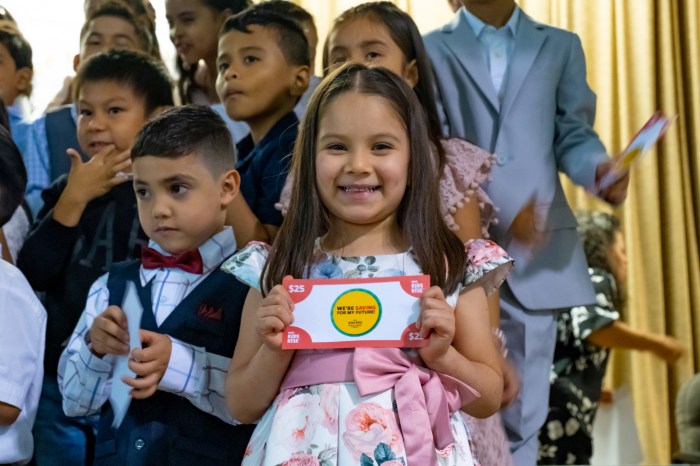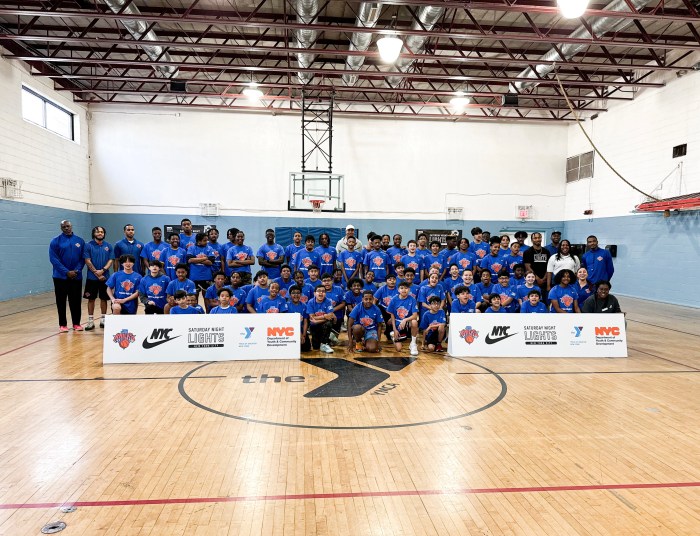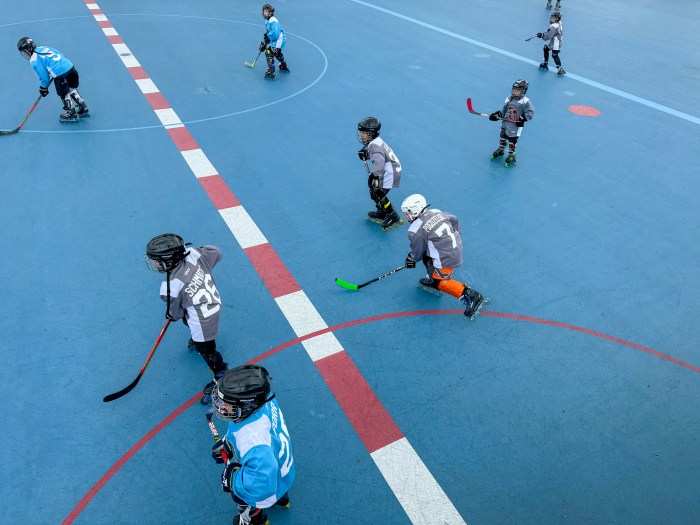Though Plan B, also known as the “morning-after” pill, has been dispensed at select New York City high schools since January 2011, its availability was not widely reported until recently.
The pilot program, which also provides birth control to students, started with five schools then expanded to nine more at the start of the 2011-2012 school year, said New York City Department of Health and Mental Hygiene (DOHMH) spokesperson Veronica Lewin.
Last school year, 567 students received Plan B at the pilot schools, she said.
One school dropped out of the program, but the emergency contraception is still available to any student at 13 high schools as part of the Connecting Adolescents to Comprehensive Health (CATCH) program, which aims to prevent teen pregnancy.
There are no plans yet to expand it, said Lewin.
Four schools in Queens are in the pilot: John Adams High School in Ozone Park, VOYAGES Preparatory High School in Elmhurst, Newcomers High School and Queens Vocational and Technical High School in Long Island City. “Schools were selected based on their community pregnancy rates and availability of other services in the neighborhood. The principals were also supportive of the program,” said Lewin.
According to the Health Department, in New York City more than 7,000 young women become pregnant by age 17, 90 percent of which are unplanned.
Plan B must be taken within 72 hours after unprotected sex to prevent pregnancy. It is available without a prescription for women 17 and older. Those that are younger need a prescription for it, but it is offered free or at a low cost to all teens at some area health clinics. According to Planned Parenthood, Plan B can cost from $10 to $70.
Before the pilot, the morning-after pill had been available to students at privately-run school based health centers, said Lewin.
All of the city’s public high schools already have a mandated Condom Availability Program, where each school must have a Health Resource Room with free condoms. Parents can opt their children out of that program by signing a form.
An opt-out form was also sent home to parents for the Plan B pilot, said Lewin, and about one to two percent of parents have signed it.
Some students at the Queens high schools offering Plan B were well aware that it was available and had received the opt-out form, but others were hearing about it for the first time on Monday, September 24.
“[I learned about Plan B] right now. The class talked about it during government,” said Alondra Payan, a 16-year-old senior at Queens Vocational and Technical High School. “I think it would be better if there was an age restriction. There are kids that are 13, 14 here and they are going to be sexually active because now they think that because of the Plan B it’ll be safe.”
“I found out when it was posted in the newspaper last year,” said Mary Paguay, also a student at Queens Vocational. “If the parents don’t return the opt-out form any child is able to get it. I feel it’s sort of bad because you don’t have the parent’s permission but if the child is in need of it then they probably would want it.”
Some critics are afraid that if it is handed out to teens for free or without parental permission, it will be used as a regular birth control method; others are concerned that it will lead to an increase in sexually transmitted diseases.
The Health Department’s website stresses that a condom should be used to protect against STDs, and that using ongoing birth control, such as the pill, is the best way to prevent pregnancy.
With additional reporting by Sweetina Kakar































